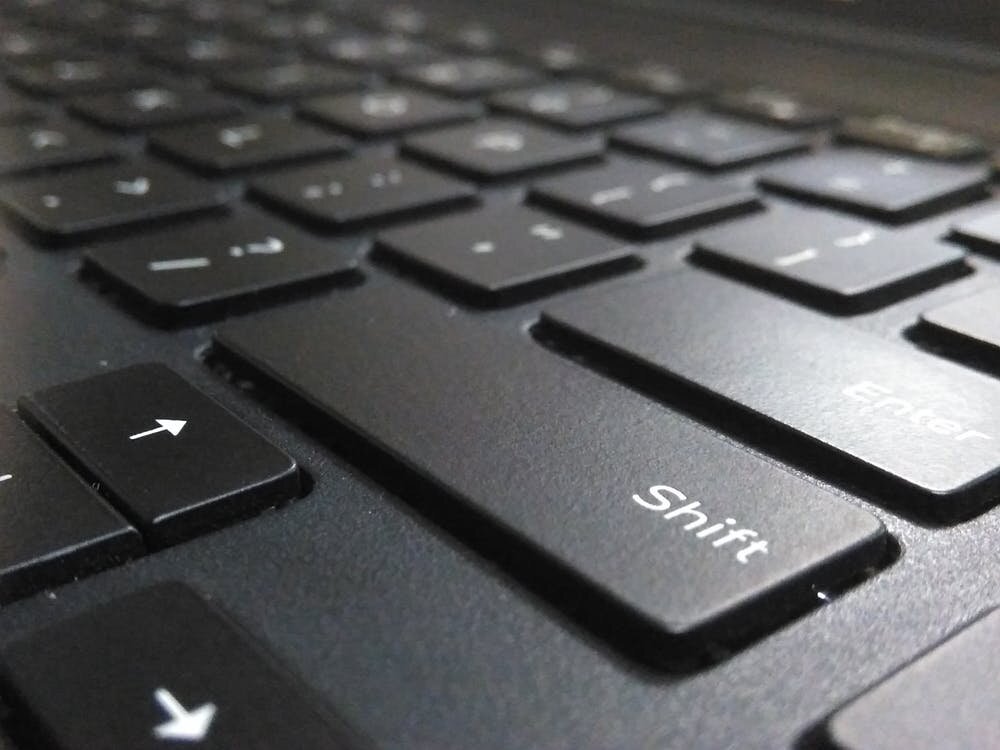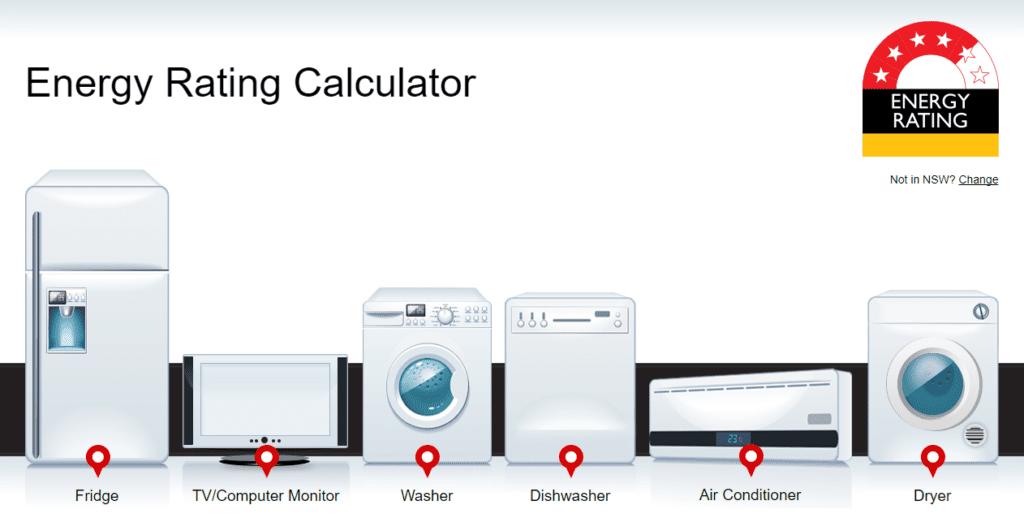We here at Solar Choice harp on a lot about solar self-consumption – the idea that you need to put your solar energy to direct use within your home to maximise its value. Let’s take a look at what types of energy consumption can actually be ‘shifted around’ to other times of day – versus those that can’t.
The idea a ‘shiftable load’ is something I’ve been thinking about quite a bit recently as I wrangle with how to best put my solar energy to use. I’ve noticed that during the day there really isn’t that much running in my house, despite the fact that there’s plenty of solar energy being produced by my system.
1. Take stock of what you’ve got
As I’m still waiting for an energy management system of any kind to be installed in my home, I remain energy blind and like I’m floundering just a bit when it comes to optimising my energy consumption.
That being said, off the top of my head I can still put together a list of things in my home that consume electricity.
Compare Solar & Battery Quotes
I recommend you try it as well – regardless of whether you’ve got solar or not. (Additionally, if you’re on a time of use tariff (or if you switch to one), you might have multiple shifting opportunities.) You might be surprised at how much you’ve got on – I certainly was.
- Dishwasher
- Washing machine
- Clothes dryer (rarely used)
- Ducted air conditioning
- Fridge
- 4x column/oil heaters
- 3x laptop computers (charging adaptors plugged in pretty much 24/7)
- 1 computer monitor
- 2x phones (plugged in overnight)
- Electric hot water tank (on controlled load circuit)
- Lots of lights (some LED, some halogen downlights, some CFL, some standard flouro)
- Electric cooktop
- Electric oven
- Range hood (above cooktop)
- Water pump/’fountain’ in back yard pond
- Electric garage roller door
- Electric doorbell (plugged into wall)
- 5x ceiling fans
- A bore pump (which only comes on when the tap out the back is switched on – so rarely used)
- Electric hedge trimmer
Other items you might have in your home could include televisions, pool pumps & shop tools.
 2. Identify the items you can definitely (or can probably) shift
2. Identify the items you can definitely (or can probably) shift
It’s clearly not possible to shift all of these loads. Some of them need to run 24/7 (e.g. the fridge), while others just aren’t particularly flexible (e.g. when you cook dinner – if you want it to be hot, anyhow). Still others – such as a device controlled by the network (e.g. hot water tank) – may not be shiftable at all without the intervention of an electrician.
But just having an awareness of what these devices are will put you in a better position to take action on a daily basis, and will also have the added bonus of helping you to be in a good position to understand on an intimate level how to go about replacing devices in your house when the time comes.
Here’s the (short) list of items I identified as being easily or definitely shiftable for my home:
- Dishwasher (using about 1kWh per run cycle, with just under 1 cycle per day)
- Washing machine (using roughly 1.5kWh per run cycle, with at least 1 cycle per day)
- Clothes dryer (used only in emergencies)
And here’s what I determined would be probably shiftable, at least a portion of the time:
- Cooktop, stove & range hood (some of the time – if dinner started early or prepared in advance)
- Hot water tank/element (if electrically reconfigured to operate on demand – which brings up a question of cost)
- Computer charging (do they really need to be plugged in all night?)
- Bore pump & hedge trimmer (usually used during day anyhow)
Keeping an eye on electricity consumption of individual devices
It might also be helpful to be able to work out just how much each of these items is costing you to run. The government’s Energy Rating website has a fantastic calculator tool that helps you to work out how much energy your household devices might be using – and therefore how much you can potentially save by shifting.
3. Start shifting
The next step is to be conscious of when you’re using electricity throughout the day and behaving accordingly. For most solar homes, this means moving your usage to the daylight hours, and could be as simple as waiting until mid-morning to start switching things on. Preferably, you’ll want to switch things on one at a time so as to keep your energy consumption from outstripping your solar energy production.
Also keep in mind, however, that if you’re on a time of use billing arrangement, you’ve got even more opportunities to shift & save. For example, running appliances overnight could be an attractive secondary options on winter days when the weather is rainy & overcast, or when you simply missed the opportunity to run your wash when the sun was out. Additionally, if you’ve got a time of use plan with a shoulder rate (as most states & networks do), you can take advantage of it by running appliances during slightly less convenient ‘shoulder’ times – usually morning to mid afternoon or late evening after 8pm (see this page for a full list of TOU schedules by network).
How to shift your loads
There are even a range of options for how you can shift. You can switch things on manually, by putting them on timers or controlling them remotely via your phone (e.g. with a home energy management system, a ‘smart’ connected device, or a simple smart plug or two).
4. Keep an eye on the results
By taking these steps, you should be able to save a decent chunk on your electricity bill. How immediately you see the results will depend on whether you’ve got energy monitoring for your system or not – if you don’t, you’ll be waiting for your next bill to see if your efforts have paid off.
Join our mailing list to follow along
Get a free, instant solar & battery quote comparison
Compare Solar & Battery Quotes
© 2017 Solar Choice Pty Ltd
- Solar Power Wagga Wagga, NSW – Compare outputs, returns and installers - 13 March, 2025
- Monocrystalline vs Polycrystalline Solar Panels: Busting Myths - 11 November, 2024
- Solar Hot Water System: Everything You Need to Know - 27 February, 2024
